Using a polarizer in landscape photography is often advised. And with reason: colors will be enhanced, reflections in water and on the leaves can be removed, and skies can turn deep blue. But it is not advisable to use a polarizer as a standard filter, because there are situations when it can turn against you.
A long time ago, when I was photographing landscapes with my analog Minolta X-500 camera and film slides, I used a polarizer a lot. But when I switched to digital photography, I ignored these filters. And I never really missed them. When I found the sky not deep blue enough, I corrected this in Photoshop. But reflections in water, leaves, on amphibians, and mushrooms were never removed. I used the reflections to my advantage as much as possible. But when Lee introduced the 105mm Landscape Polarizer, I emptied my bank account to buy this wonderful filter.
It worked of course. Colors became much deeper and saturated, and on the whole, the photos became much warmer, which partly is credit to the warm color of this filter itself. Then I asked myself why I didn’t buy a polarizer much sooner. One side effect I did not expect was a reduced dynamic range when using the filter. Because the sky got a bit darker due to the polarizing effect, it matched the foreground much better, so the need for a ND gradient filter was on occasion unnecessary.
One thing to keep in mind is the uneven polarization of the sky. The effect works best at an angle of 90° away from the sun. Change the angle and the effect is reduced. This is not a problem when using focal lengths of 35mm and longer, but when you use wide angle lenses, the uneven polarization becomes very distracting. I found 24mm still acceptable, but wider is tricky.

Polarization works best at a 90° angle to the light source. When a wide angle lens is used, you can end up with uneven polarization effect. This is with a 16mm wide angle on full frame.
The most obvious use of the filter is the removal of reflections in water streams and the reflections on wet rocks. For that, the polarizer works perfectly. Too perfect, as a matter of fact. In some occasions, the reflection was part of the composition, and by removing it, the image became dull. When photographing tide pools at the beach, the water became completely invisible, removing the tide pools completely. Reflections can be necessary to make the photo more interesting. So, do not remove reflections with the polarizer just because it is possible. Use it when it is necessary for the image. Remember, it is also possible to use just a little bit of polarization. Just by rotating the filter you can influence the amount of reflection.
The examples below show the effect with polarization and without. Of course, the one you prefer is a matter of taste.
I discovered one unwanted use of a polarizer filter during my stay in the European Alps. I used a polarizer very often when photographing in those mountains. When we witnessed a rainbow down in the valley, I noticed another unwanted effect of the polarization effect I did not realize. You can remove the rainbow from your landscape just by polarization. I cannot image any situation when you want to do this, but it is possible.
Using a polarization filter in this situation is also questionable. You cannot have a noticeable polarization, because the light is coming from behind, except to get rid of a rainbow, of course. Use of a polarization filter for sunsets is also not necessary. It won’t do any harm, so leaving the filter on you lens is possible. But be aware of bright sunlight. It can produce extra flares because of the extra glass in front of your lens.
Please leave a comment and let me know if you use a polarization filter for your landscapes, and if you experienced a situation in which the filter gave unwanted results.
If you love travel and photography, consider checking out our Photographing the World Series with Elia Locardi where we go to some of the most beautiful locations in the world and teach the process of creating world class landscape images. Save 15% by using "ARTICLE" at checkout.

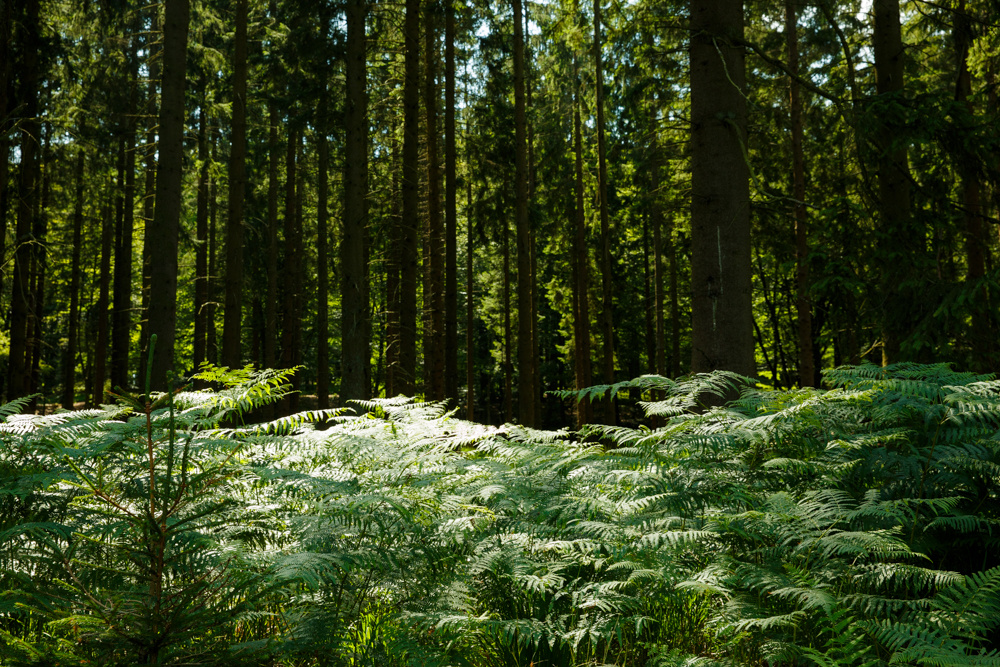
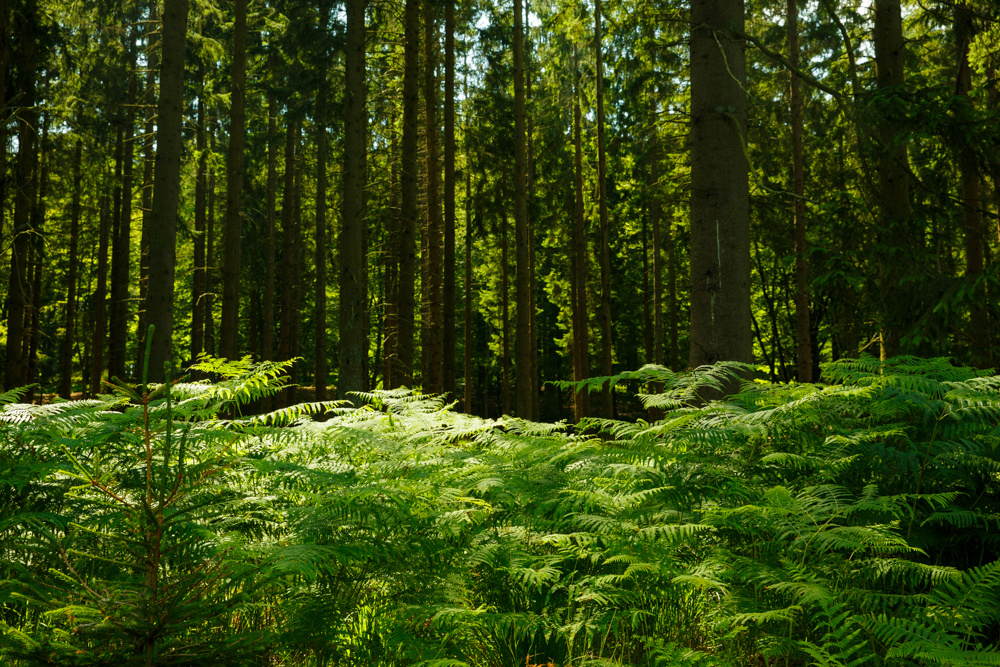




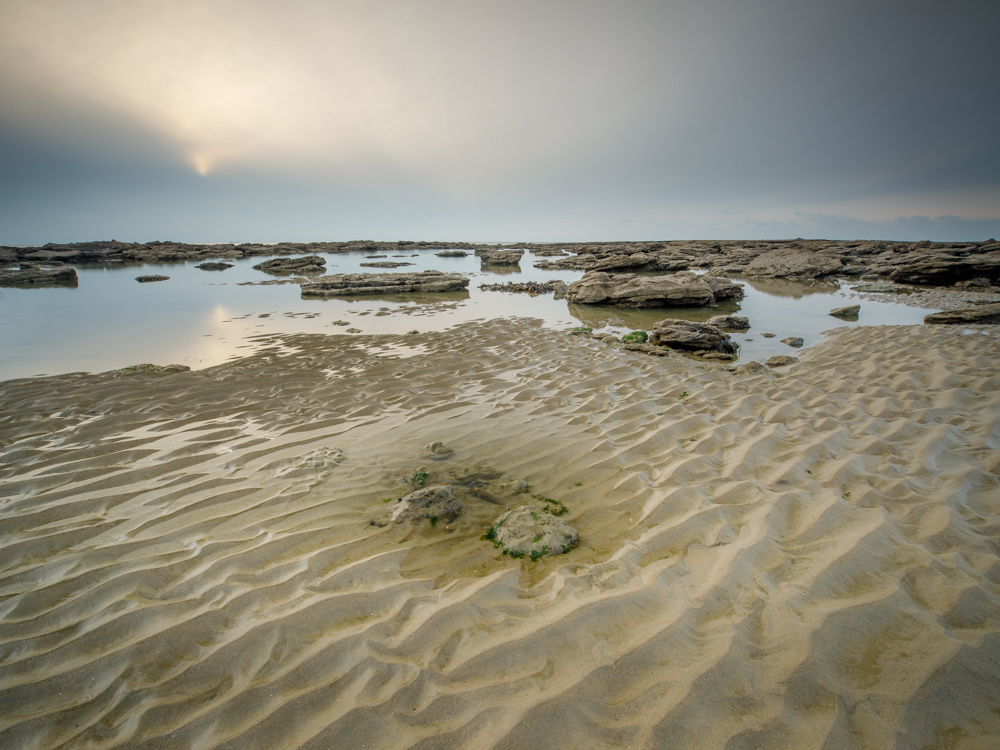
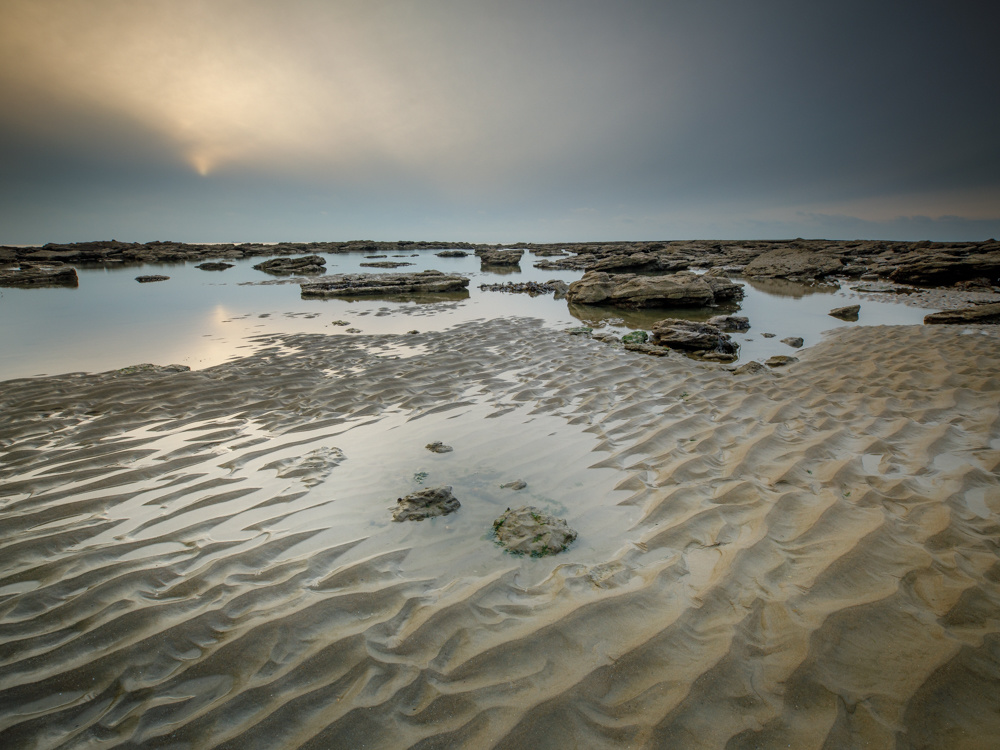

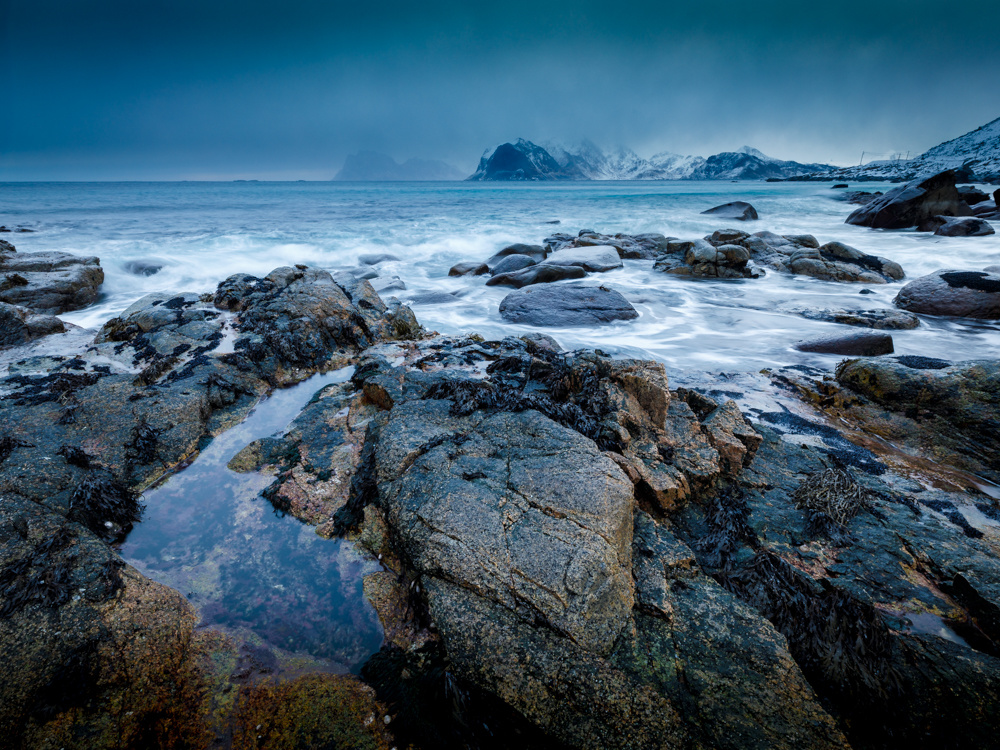








The polarization & UV filter are the only two filters on my list of future accessories. Love how you've incorporated the slider bar as to show the before and after effects. But I need others to realize that depending on the filter used, some filter actually rotate on the camera lens. In this, one needs to test shoot a couple of the same images while rotating the filter at different aperture settings. Again I look forward to using these two filters as the only means of "editing" my images without using any software.
Polarizer filters always have the possibility to rotate when mounted. It is good to try out the result when using the filter. Good luck with your future filters
Why would the cpl be unnecessary during sunset? I have seen some shots where it still had an effect when rotated.
Well, you can use it during sunsets of course. Why not. In some occasions I can image it will have an effect on parts of the image - I have seen that also. But with the bright sunlight in frame there is an increased risk of flares. It is something to consider.
Oh joy. Words that one has to actually read. How pleasantly unusual to click on an article and discover that it isn't another one of those badly produced, self indulgent videos.
Thank you. I hate being on film ;)
Yes, it is such a relief to come across something to read. I look at Fstoppers regularly but do not have the time (or patience) to spend 10 minutes or more watching a crappy video with enough substance for 2 minutes reading.
Hi, especially in a creative field like photography, cast-in-stone statements such as "always do this" or "never do it" have no value. Breakthroughs come from breaking the rules. In my 50+ years of photography, I ended up using a polarizer ever less, especially after I switched to digital. The only reasonable solution here is learn well how to use the filter, experiment, and then come up with your own conclusions. I still subscribe to Ansel Adam's statement that “There are no rules for good photographs, there are only good photographs.”
Too many "rules" are cast in stone, and many have been invented now the digital age have made photography more accessible for the larger public. It is true you have to find your own way with a polarizer. A rule can be a good starting point, even when it is cast in stone. :)
Excellent articles and examples! I was surprised how the colours came out in the photos. I'm going to put my CPL filters on my lenses and gauge the results on my daily backcountry ski trips with my dogs.